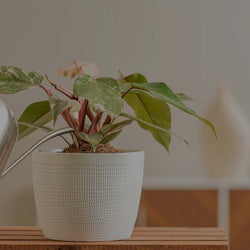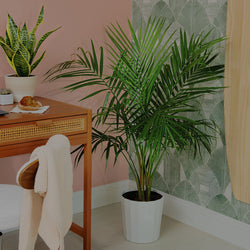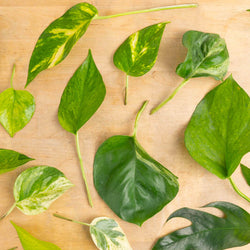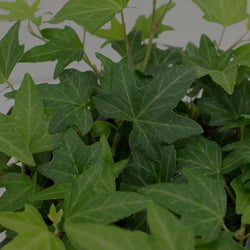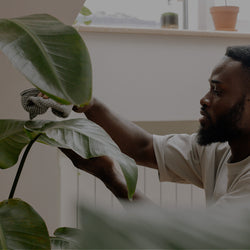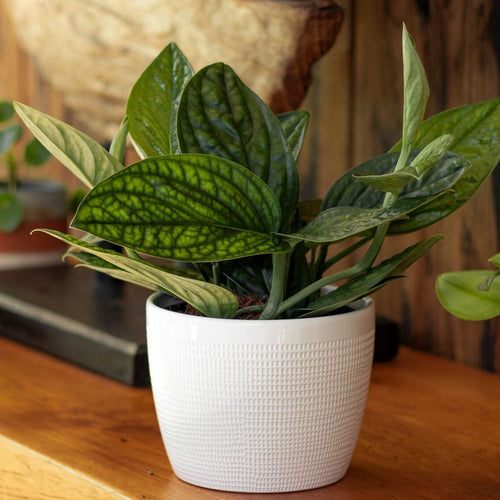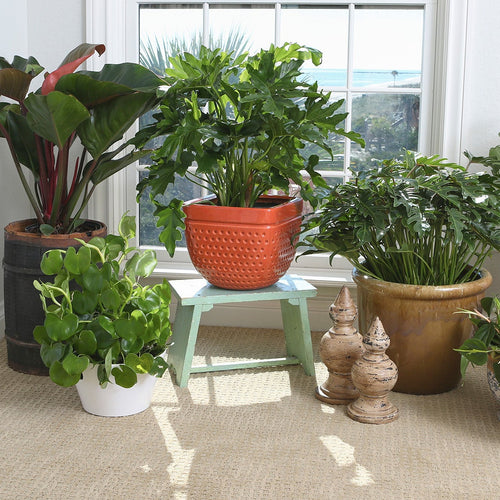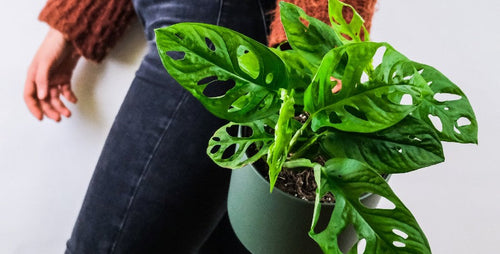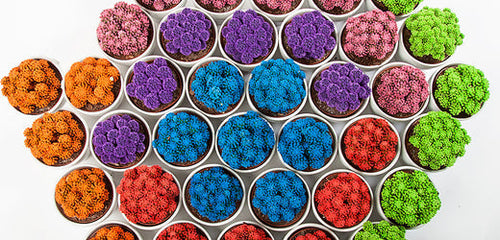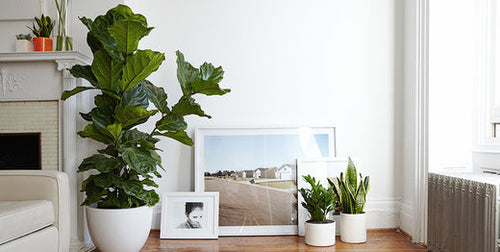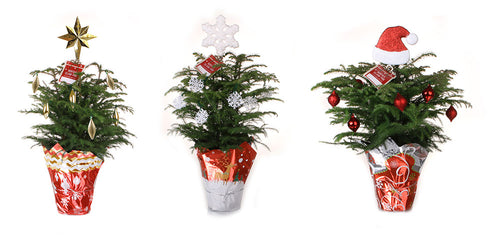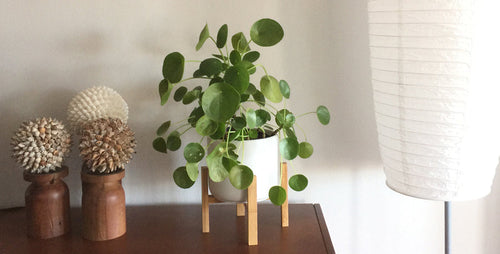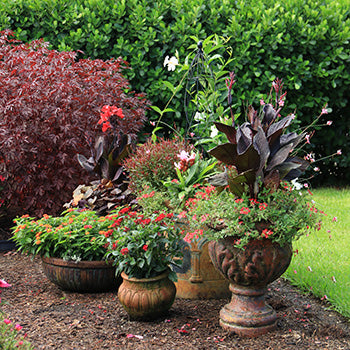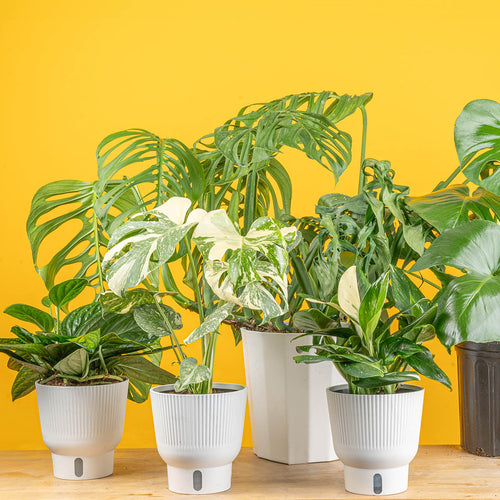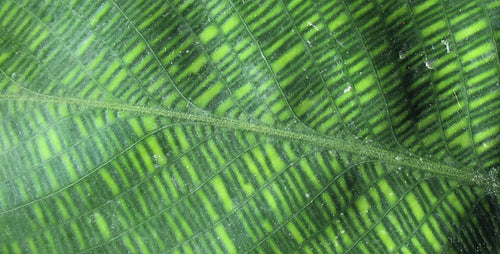When it comes to houseplant care, we often focus on light and water—but there’s another key factor that can also be important: relative humidity. Since a lot of our common houseplants come from humid tropical regions, understanding the moisture in the air can make the difference for your plant’s health.
What Is Relative Humidity?
Relative humidity is the amount of moisture in the air compared to the maximum it could hold at a given temperature. Most homes hover around 40–50 percent relative humidity, but many houseplants—especially tropical varieties—prefer levels closer to 50–60 percent (but happily, tolerate average household humidity levels).
Tip: The warmer the temperature, the more moisture it can hold. So turning on a heater can decrease relative humidity.
Why It Matters
Plants lose moisture through their leaves in a process called transpiration. When the air is too dry, they lose water faster than they can absorb it through their roots. This can lead to:
- Brown, crispy leaf edges
- Drooping or wilting
- Increased vulnerability to pests
- Slower growth
How to Boost Humidity (Effectively)
Group Your Plants
Plants naturally release moisture through their leaves. Grouping them together creates a microclimate with higher humidity.
Use a Humidifier
This is the most effective way to raise humidity consistently. A small tabletop humidifier near your plants can make a big difference—especially in winter when indoor air is driest.
Try a Pebble Tray
Place a shallow tray filled with water and pebbles under your plant pot. As the water evaporates, it increases the humidity around the plant.
Tip: Pebble trays tend to work best for small plants and when the pebble tray extends out past the plant's canopy.
Avoid Drafts
Keep plants away from heating vents, air conditioners, and drafty windows. These can dry out the air and stress your plants.
You don’t need to turn your home into a rainforest, but being mindful of humidity—especially during seasonal changes—can help your houseplants stay lush and healthy. Skip the misting and go for long-term solutions like humidifiers or plant clustering. Your plants will thank you.
Written by Justin Hancock
